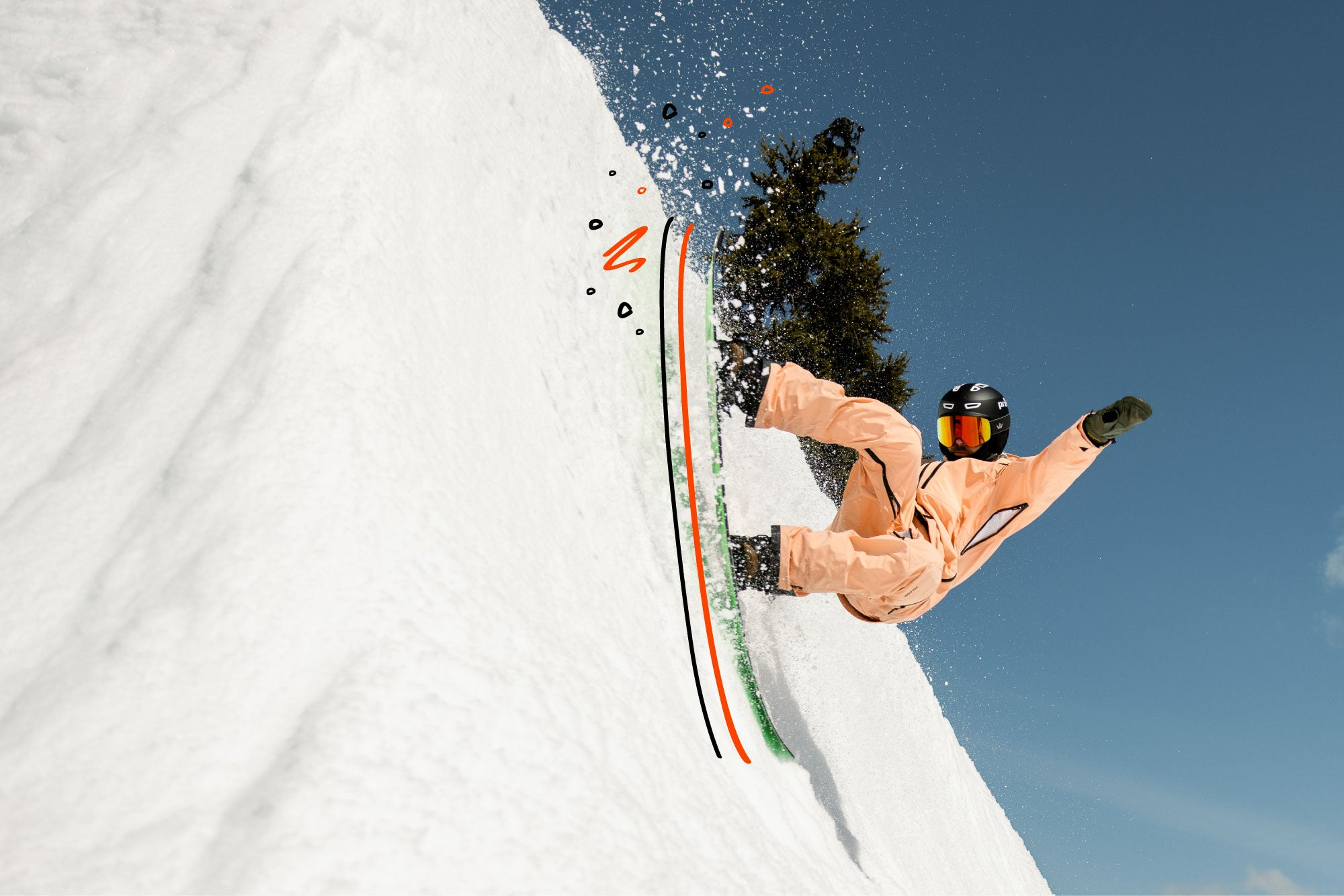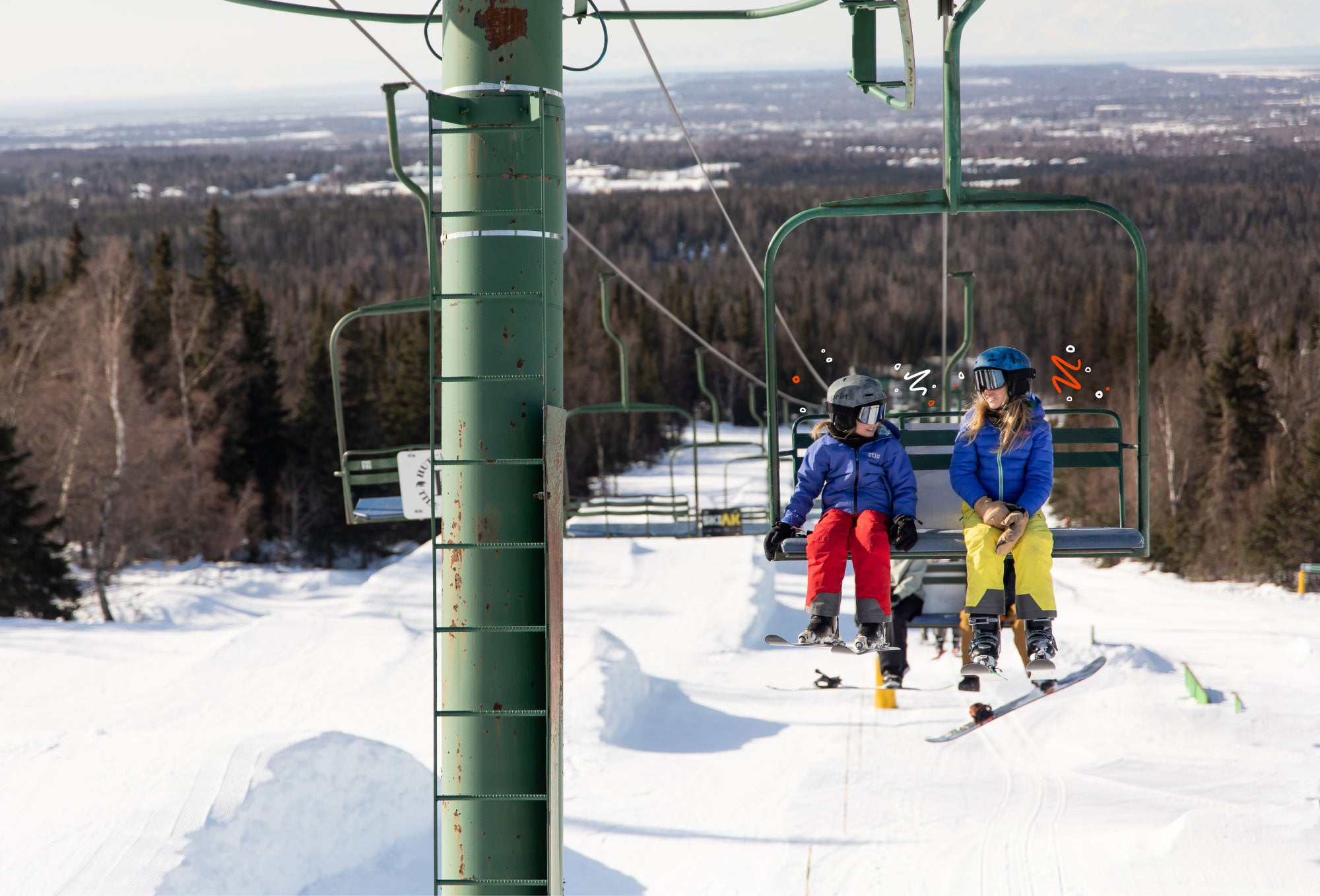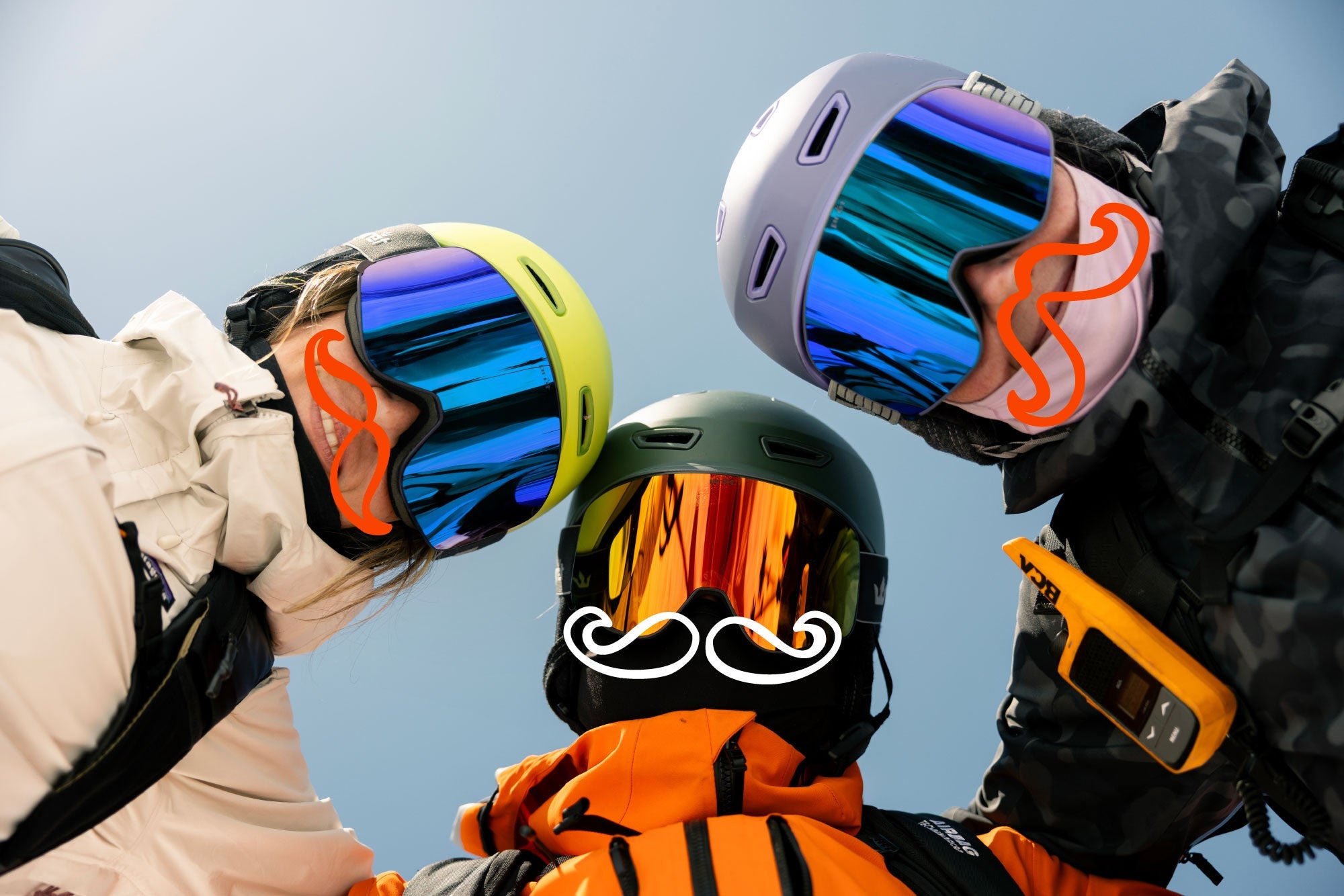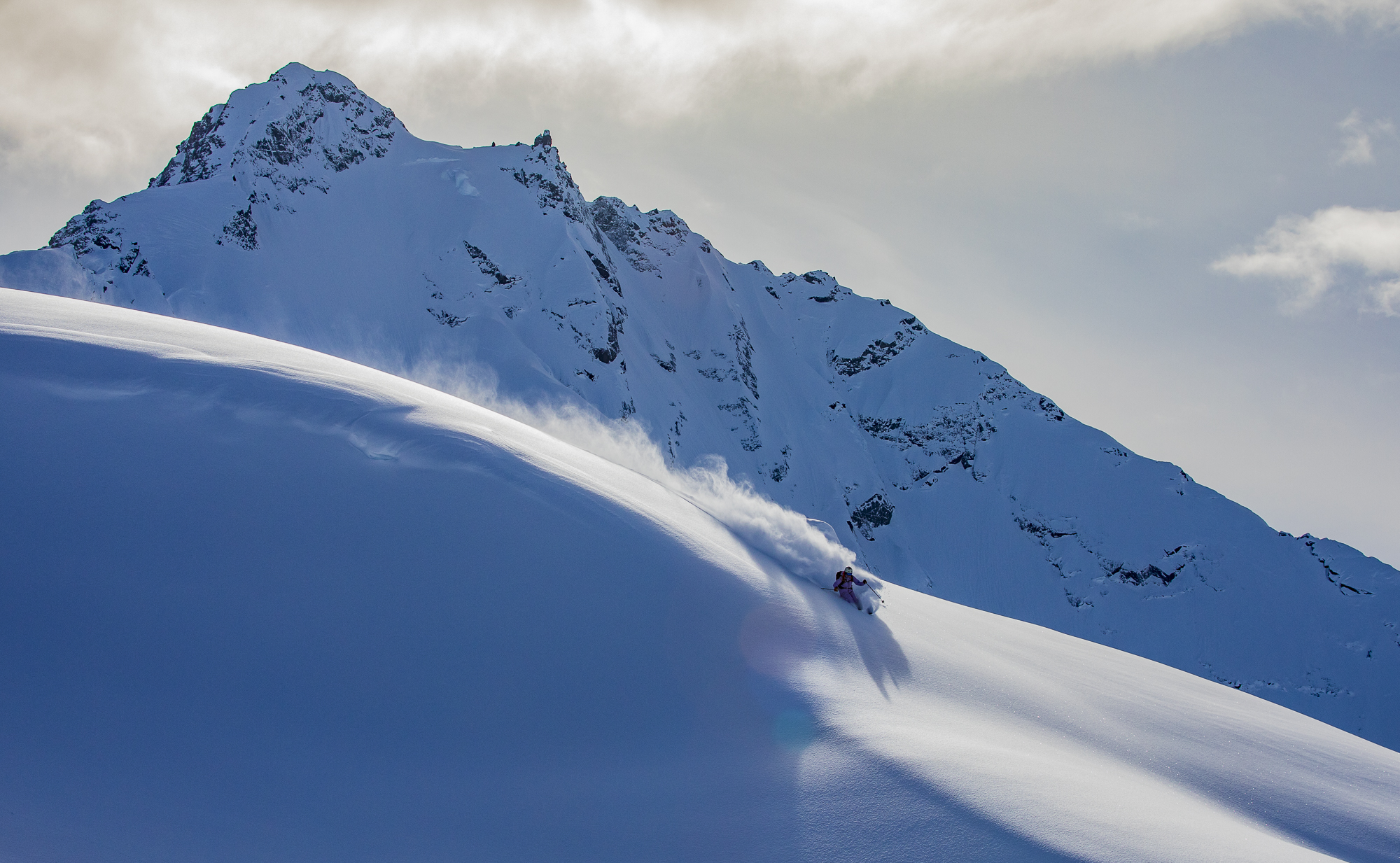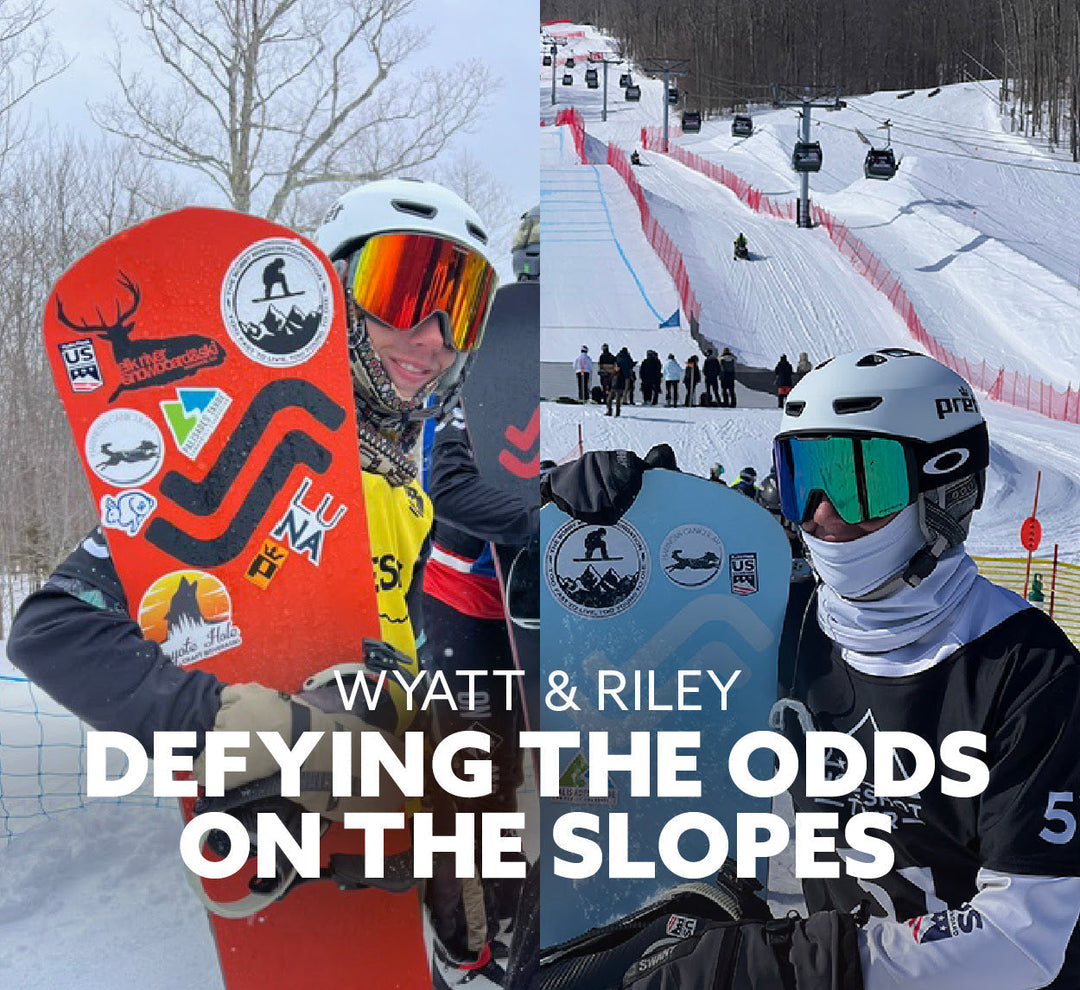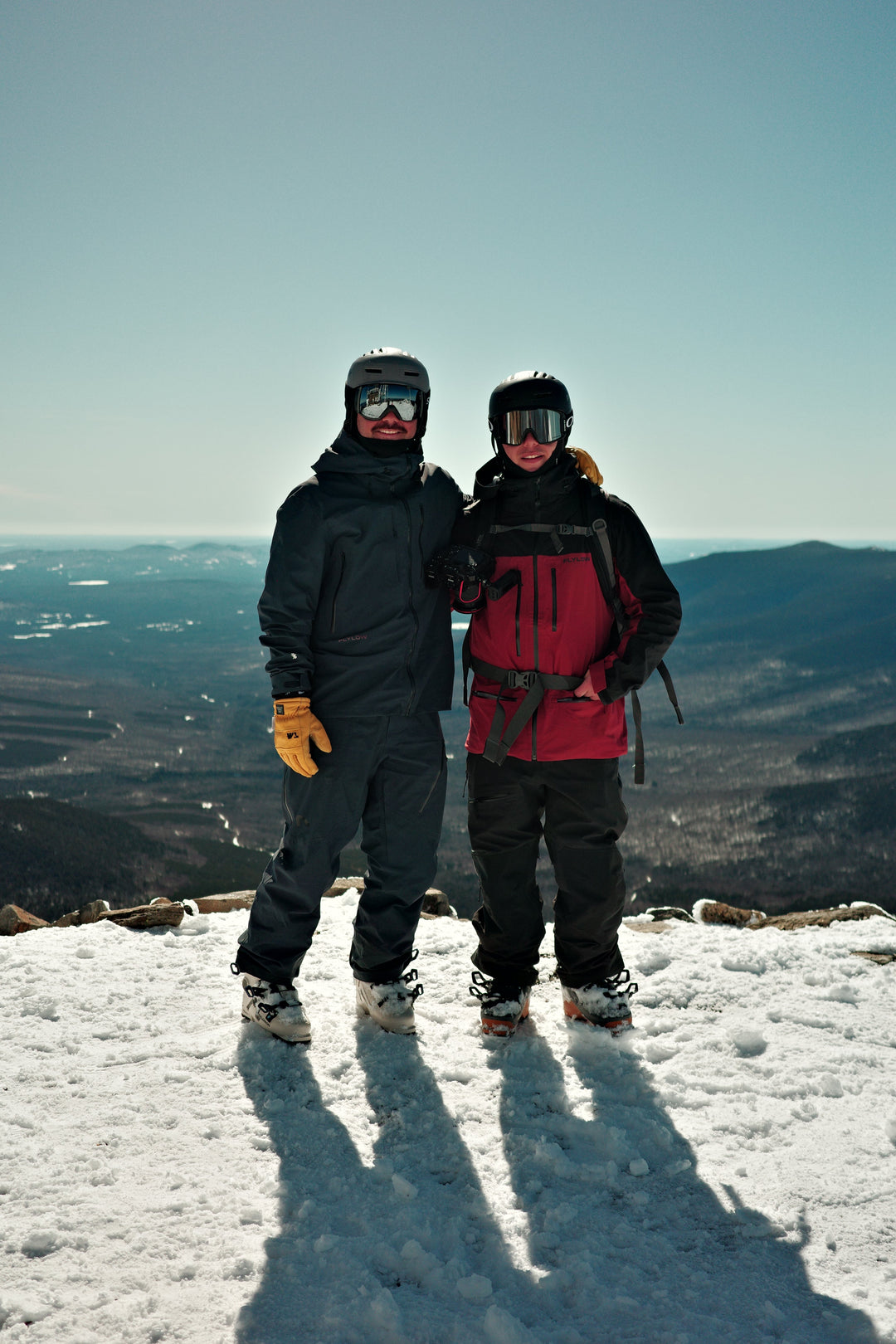Backcountry Skiing 101 with Kilian Echallier
My name is Kilian Echallier, I am 26 years old and part of the Prêt team since few years now ! I grew up in France and now I live in Innsbruck, Austria. I work half-time as an engineer and I spend the rest of the time on my skis ;) I principally do ski-touring and ski mountaineering, and even if you need to know how to ski to do those activities obviously, the most important is to know about avalanche danger. I will explain you the routine I do before every ski tour, to avoid at the maximum the risk of avalanche. First of all, you need to carry with you the 3 essentials : beacon, shovel and probe. You also need to know how to use them so train how to use them as much as you can with your friends or with a professional, it is not that easy if you are stressed. Do not forget to check the battery of your beacon, it should be at least 60%, if it is less just put new ones. Then you have to check the conditions, this is not the easiest part, especially if you are a beginner in backcountry skiing.
First, find a nice mountain where you want to go enjoying a nice ski tour. The important parameter when you plan the track of your tour is to check the steepness of where you go, if it is above 30° the risk to trigger an avalanche is present. You can easily check the zones where the steepness is below 30° on Fatmap or on AlpineQuest, two really good apps to plan your track. Do not over estimate yourself, and start with something easy.
Second thing check the weather forecast. It will gives you some informations about when to start for example, if it is going to be warm or If the weather is planned to turn bad at the in the afternoon, plan a smaller tour or start earlier for example.
Third, check the avalanche report. You can find the link to the avalanche report for each country in Europe where it is available on this website : https://www.avalanches.org/. The first thing you will see is a number from 1 to 5 marking the avalanche risk. This number gives you an overall estimation of the risk, but you can not only lean on that. You need to check the details of the snowpack conditions in the region where you want to go, for example which are the dangerous orientation, which kind of avalanche you have to take care about, It is not easy to understand everything but it gives you the most important informations.
You can do those three steps in a different order, but do them all. Don't forget that those reports are not perfects, and that the mountain can be unpredictable, so stay aware of any sign of risk of danger ! The zero-risk does not exist unfortunately. If you begin in the ski touring world go with an experienced friend or go with a guide and learn the basic from him, this is the best way to learn.




